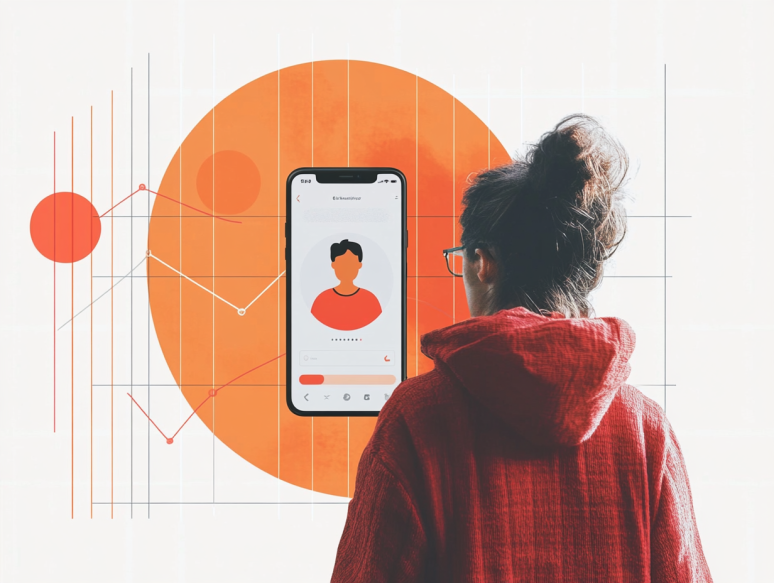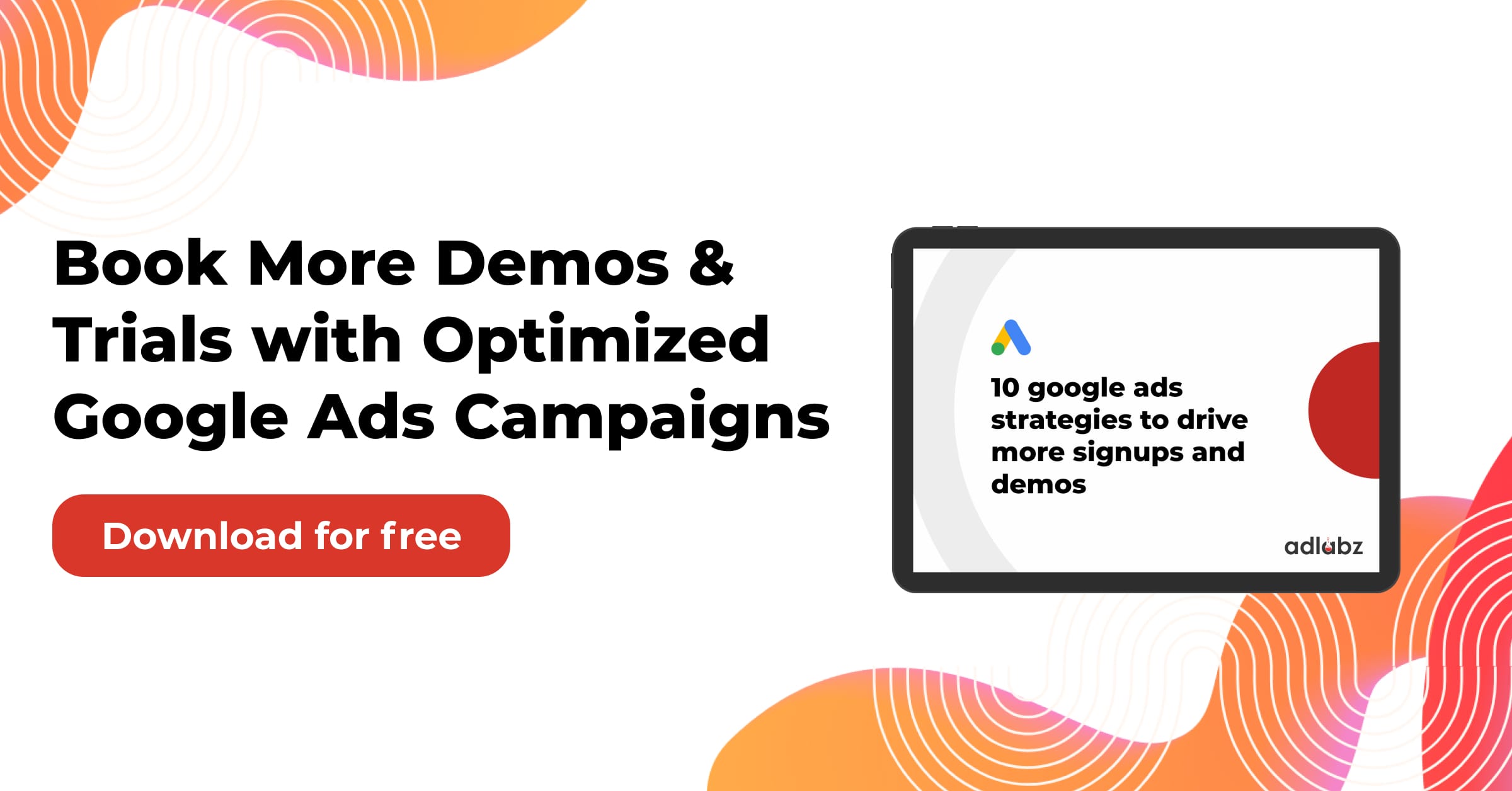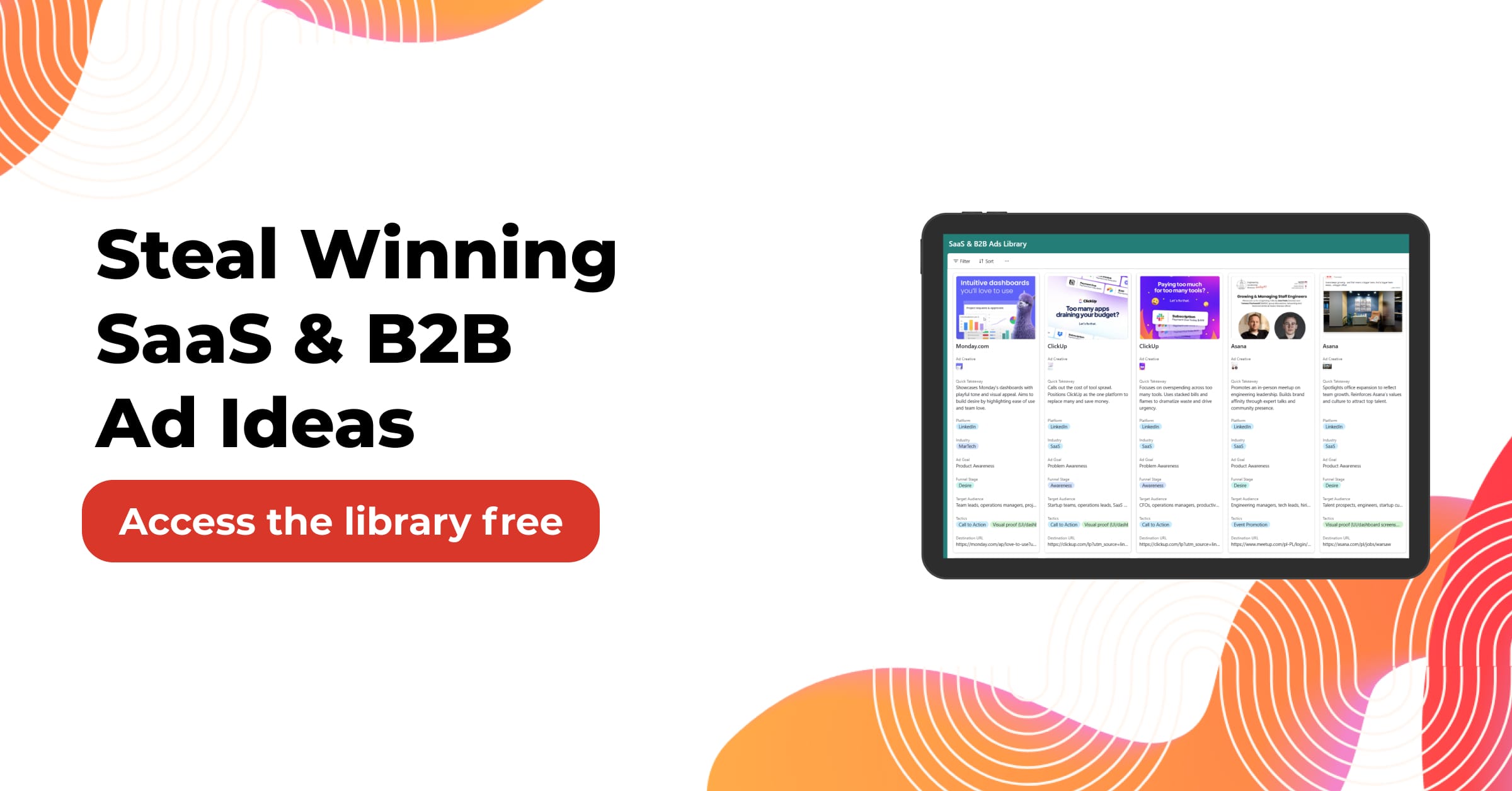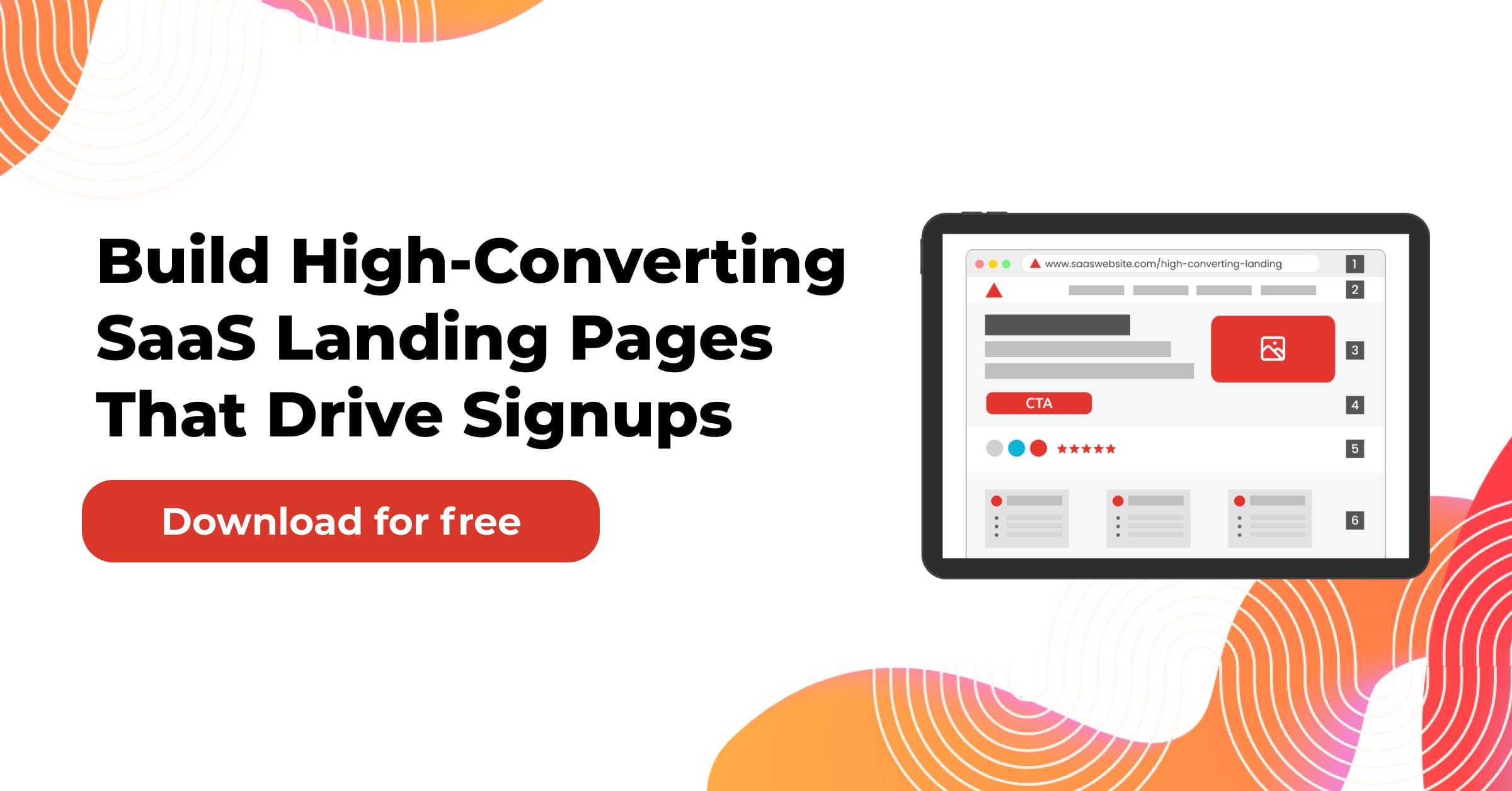Why does personalization matter for SaaS in 2025?
SaaS adoption has accelerated in nearly every industry, but customer expectations have risen in tandem. Today, users don’t just want access to software features; they expect personalized experiences that adapt to their role, behavior, and goals.
For SaaS founders and product teams, this means personalization is no longer a “nice to have.” It is the difference between higher activation rates, lower churn, and more upsells. AI has emerged as the key driver that makes personalization achievable at scale without overwhelming engineering teams.

jump to:
How does AI fit into Multi-Tenant SaaS architecture?
Multi-Tenant SaaS allows a single software instance to serve multiple customers while keeping data securely separated. This structure makes it scalable and cost-effective.
AI can be layered on top of this architecture to learn from tenant-level data, user behavior, and platform-wide patterns. Models can be trained on anonymized datasets across tenants, while still respecting compliance and privacy.
The result: every tenant gets personalization without requiring a custom codebase for each.

What challenges block personalization in Multi-Tenant SaaS?
Personalization sounds attractive, but execution is difficult. Common roadblocks include:
- Data silos: Information about user behavior may exist in separate systems.
- Tenant isolation: Multi-tenant models must ensure strict separation, making it harder to use data for insights.
- Resource allocation: Smaller tenants want the same level of personalization as enterprise customers, but budgets differ.
- Privacy compliance: Regulations like GDPR and CCPA require careful handling of user data.
AI can help overcome these issues with predictive modeling, anonymization, and scalable recommendation engines.
How does AI-driven personalization improve retention?
Retention is often a bigger growth lever than acquisition. A 5% increase in retention can boost profits by up to 95%. AI contributes by:
- Predicting churn before it happens.
- Recommending the next feature a user is likely to adopt.
- Automating lifecycle emails and in-app nudges.
- Creating dynamic pricing offers tailored to usage.
Example: A project management SaaS could use AI to recommend integrations that match how a user already works, keeping them engaged longer.

Can AI personalize across different tenants without breaking privacy?
Yes, and this is one of the biggest advantages of combining AI with Multi-Tenant SaaS.
AI models can be trained using aggregated, anonymized data across tenants. Once trained, the model applies predictions at the tenant level without leaking sensitive data.
For instance, an email automation SaaS might analyze open rates across all tenants, then use the AI model to suggest optimal send times for each customer. The raw data never leaves the tenant, but the insights are applied universally.

What role does data quality play in personalization?
AI is only as good as the data it processes. Poor data leads to irrelevant personalization, which frustrates users instead of helping them.
Steps to improve data quality:
- Consolidate customer behavior logs into a unified platform.
- Standardize data inputs across tenants.
- Use real-time tracking instead of static reporting.
- Apply cleansing techniques to remove duplicates or errors.
Table Example:
| Data Challenge | Impact on Personalization | Solution |
|---|---|---|
| Duplicate user logs | Confusing AI predictions | Deduplication and normalization |
| Delayed data feeds | Outdated personalization | Real-time streaming pipelines |
| Tenant data mismatch | Skewed recommendations | Tenant-level standardization of attributes |
How can small tenants benefit from AI personalization?
Enterprise customers often have more data to work with, but small tenants can still see big benefits. AI doesn’t need massive datasets when applied correctly.
For example:
- A small HR SaaS tenant with 20 users can still receive personalized onboarding based on role.
- Predictive AI can detect which small tenant users are likely to churn and send alerts.
The advantage of Multi-Tenant SaaS is that AI models trained across the entire platform can help even small tenants access personalization that would otherwise be impossible.
What are the cost implications of scaling personalization?
Building personalization manually for each tenant would be cost-prohibitive. AI shifts this equation.
- Lower dev effort: A single AI-driven recommendation system can serve all tenants.
- Predictive scaling: Infrastructure can auto-scale based on predicted user loads.
- Pricing innovation: Usage-based pricing models can align costs more closely with value delivered.
This makes personalization not only possible but also profitable at scale.

What are practical use cases of AI in Multi-Tenant SaaS?
Here are a few common scenarios where AI creates impact:
- Onboarding journeys: AI adapts tutorial paths based on user behavior.
- Feature adoption nudges: Recommending the right features at the right time.
- Smart search: Personalized search results inside the SaaS platform.
- Cross-tenant benchmarking: Helping tenants see how they compare to similar businesses.
- Fraud detection: Identifying abnormal activity at the tenant level.
Example: A cloud storage SaaS could use AI to detect when a tenant is about to exceed their storage limits and recommend an upgrade plan before disruption occurs.

How do you balance personalization with user privacy?
Transparency is critical. Customers are more likely to accept personalization if they understand how data is used.
Best practices include:
- Clearly explain how AI models are trained.
- Offer opt-in and opt-out choices for personalization.
- Anonymize data before analysis.
- Align with privacy regulations across regions.

What metrics show AI personalization is working?
To prove ROI, SaaS companies should track:
- Activation rate: Percentage of users completing onboarding faster.
- Feature adoption: Growth in usage of key features.
- Retention rate: How long customers stay active.
- Expansion revenue: Upsells and cross-sells driven by AI recommendations.
- Churn reduction: Decline in cancellations compared to baseline.
Table Example:
| Metric | Without AI Personalization | With AI Personalization |
|---|---|---|
| Activation Rate | 45% | 68% |
| Feature Adoption | 30% | 55% |
| Retention (12 mo) | 70% | 84% |
| Expansion Revenue | +12% | +27% |
Where is AI in Multi-Tenant SaaS heading next?
The next wave of innovation will combine AI with predictive orchestration. Instead of reacting to user behavior, SaaS platforms will proactively create personalized environments that anticipate needs.
For example, an analytics SaaS might automatically generate dashboards before a customer requests them, based on patterns in similar tenants.
This shift will push SaaS companies to move beyond static personalization into continuous, dynamic experiences.
How do AI-driven recommendations reshape SaaS onboarding?
One of the biggest drop-off points in SaaS adoption is onboarding. Many users sign up, explore for a few minutes, then never return. This is not always because of a bad product, but often because the onboarding journey feels too generic.
AI can transform this process by adapting onboarding paths in real time. Instead of showing every new customer the same checklist, the system observes role, intent, and initial behavior. For example, a marketing manager logging into a CRM SaaS for the first time may be guided directly to campaign setup tutorials. Meanwhile, a sales manager in the same tenant could see tutorials focused on pipeline tracking.
This targeted approach cuts time-to-value and reduces early-stage churn.

Why does predictive analytics matter for SaaS personalization?
Predictive analytics is one of the most powerful AI applications in Multi-Tenant SaaS. Instead of simply analyzing what users have done, it forecasts what they are likely to do next.
For SaaS providers, this means being able to intervene before problems occur. If predictive models flag a user as likely to churn, automated workflows can send targeted in-app tips or emails to re-engage them. Similarly, predictive analytics can recommend the exact moment to offer an upgrade, ensuring higher conversion rates.
This is especially effective in subscription businesses where lifetime value depends on long-term usage and renewals.
How does personalization impact SaaS pricing strategies?
Pricing has always been a sensitive issue in SaaS. Traditional flat-fee pricing often underserves heavy users and overcharges light ones. AI introduces dynamic pricing models that align with real customer usage.
For instance:
- Light users may be nudged toward a lower-cost, limited plan to keep them engaged.
- Power users can be recommended enterprise packages when their activity exceeds thresholds.
- Seasonal businesses may be offered flexible pricing based on predicted usage cycles.
This not only maximizes revenue but also builds trust, since customers feel pricing matches their value.
What is the role of personalization in SaaS upselling and cross-selling?
Upsells and cross-sells are often left to manual marketing campaigns. AI changes this by detecting signals that indicate readiness.
- A customer using basic analytics features could be recommended advanced reporting.
- A team collaborating in small groups might be nudged to adopt an enterprise collaboration add-on.
- A trial user who repeatedly bumps into feature limits can be shown upgrade prompts.
These nudges feel less like sales pitches and more like helpful suggestions when powered by AI.
Example: Slack often detects when teams exceed free-tier limits and recommends upgrading in context, not through generic campaigns.
How can Multi-Tenant SaaS providers measure personalization success over time?
Measuring personalization requires more than just tracking conversions. Long-term indicators provide better insight.
Some key areas include:
- Engagement depth: Do users explore more features after personalization?
- Stickiness: Do they return to the product daily or weekly?
- Expansion: Are more users within the tenant adopting the platform?
- Customer lifetime value (CLV): Does personalization extend the average revenue per tenant?
Without measuring these, personalization can appear cosmetic instead of strategic.
What are the biggest mistakes SaaS firms make with AI personalization?
Personalization can backfire if executed poorly. Common mistakes include:
- Over-automation: Relying entirely on AI with no human oversight.
- Intrusive nudges: Bombarding users with irrelevant suggestions.
- Ignoring tenant context: Treating every tenant as identical, even when industry needs differ.
- Short-term focus: Optimizing only for conversion, not long-term retention.
Avoiding these mistakes requires balancing automation with empathy and understanding customer journeys deeply.
How can SaaS teams align marketing and product personalization?
AI-driven personalization should not stop at the product interface. Marketing messages and product experiences need to sync.
- If a marketing email highlights a new feature, the product should guide users directly to it when they log in.
- If AI predicts a tenant is interested in advanced functionality, ads and campaigns should reflect that journey.
- Lifecycle campaigns should pull directly from in-app signals to maintain continuity.
This creates a unified experience where marketing, sales, and product are aligned around the customer.
What does AI personalization mean for SaaS customer support?
Support is often reactive, with users raising tickets after hitting roadblocks. AI can make it proactive.
- Chatbots powered by AI can resolve simple queries instantly.
- Predictive support can flag issues before tickets are raised.
- AI-driven knowledge bases can adapt content based on user roles and history.
Example: In a Multi-Tenant project management SaaS, AI might detect that a user struggles with integrations and proactively offer a guide or suggest reaching out to support.

How do SaaS companies balance personalization with scalability?
One fear SaaS leaders have is that personalization undermines scalability. They worry it leads to fragmented codebases or custom builds for tenants.
With AI, scalability and personalization can work together. A single AI layer provides predictions and recommendations, while the core SaaS product remains uniform. Tenants experience unique value without unique builds.
This is why AI has become the backbone of personalization strategies in Multi-Tenant SaaS.
What future trends will shape AI-driven personalization in SaaS?
Looking ahead, three trends stand out:
- Hyper-contextual personalization: Moving from general recommendations to deeply contextual nudges based on real-time actions.
- Generative AI for SaaS: Auto-generating custom workflows, reports, and dashboards for each tenant.
- Ethical personalization: Growing demand for transparent, privacy-conscious personalization.
The SaaS firms that adapt early will differentiate themselves in crowded markets.
Final Thoughts
AI-powered personalization is no longer optional for Multi-Tenant SaaS businesses. Customers expect their tools to adapt, guide, and even anticipate their needs. By combining the efficiency of shared infrastructure with the intelligence of AI, SaaS platforms can deliver experiences that feel uniquely tailored without sacrificing scalability.
The winners will be those who see personalization not as a marketing trick, but as a core growth engine.





